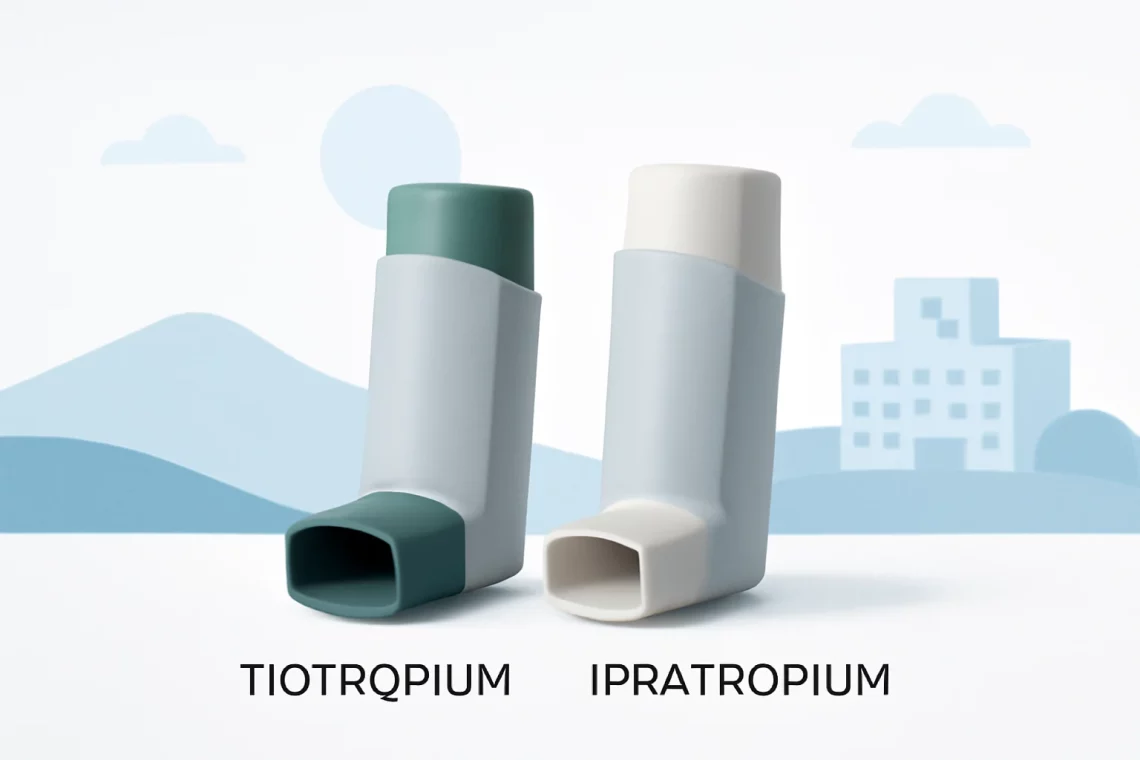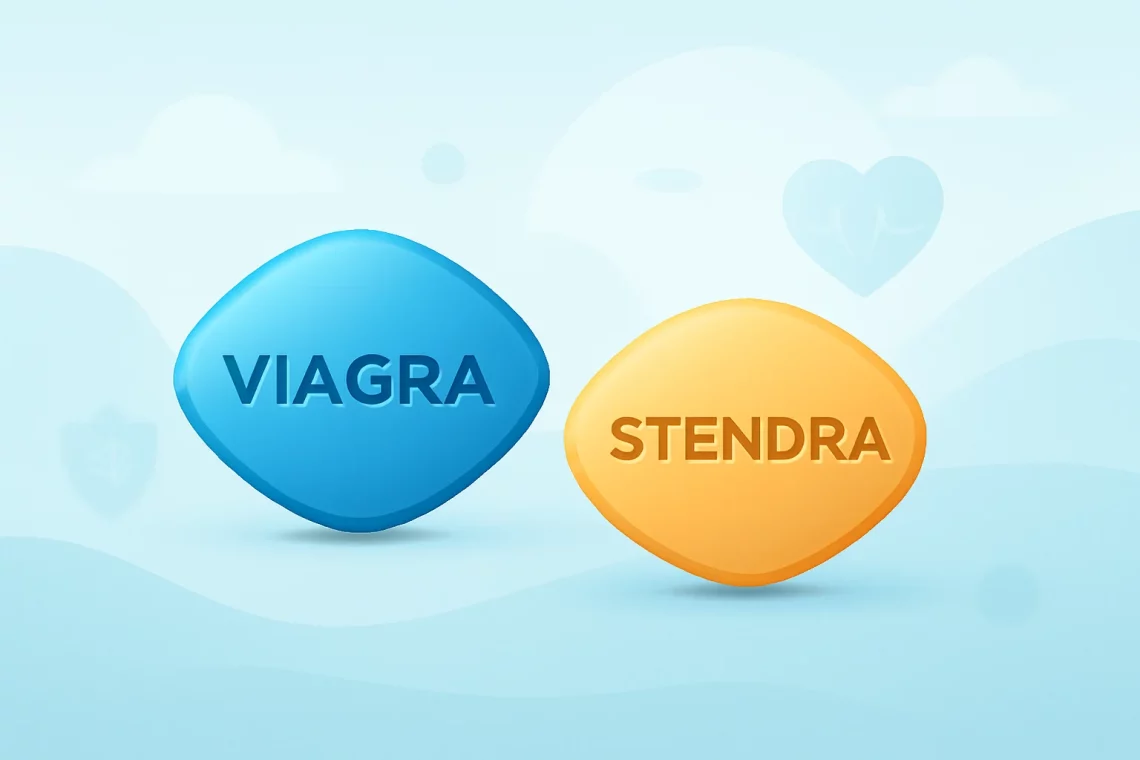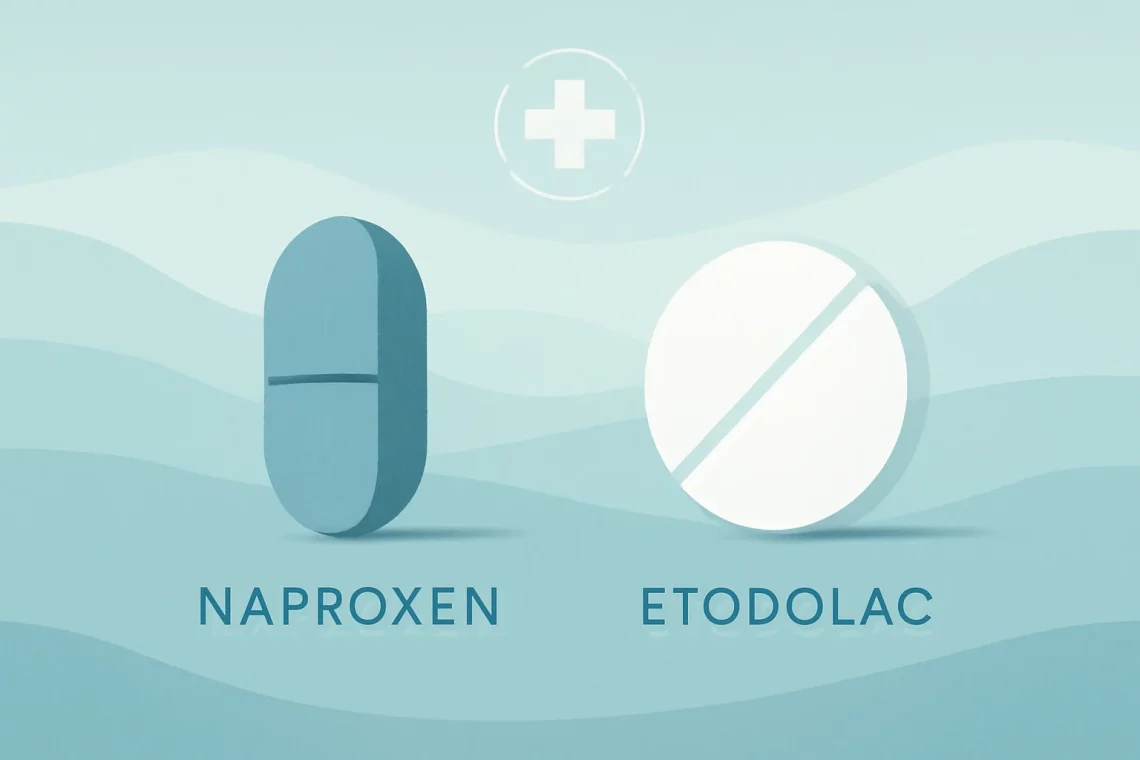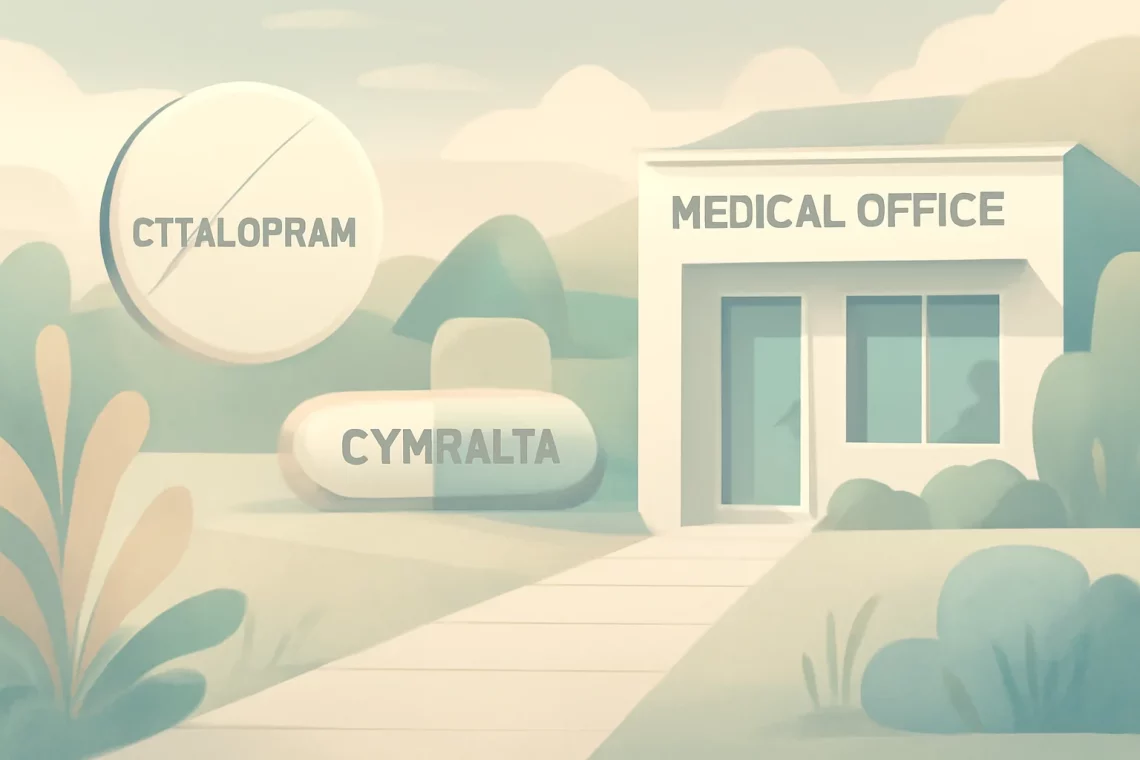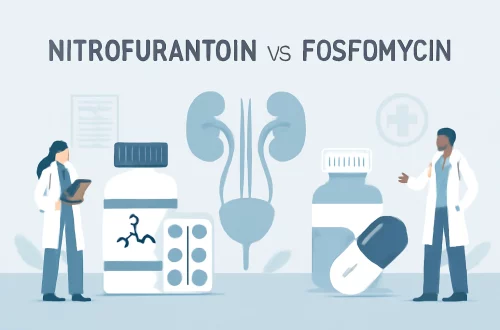-
Vraylar vs Seroquel: A Comprehensive Comparison of Two Medications
Vraylar and Seroquel are two medications commonly prescribed for the treatment of mental health conditions, particularly bipolar disorder and schizophrenia. Both drugs play a significant role in managing symptoms, but they differ in their mechanisms of action, side effects, and overall effectiveness. Understanding these differences can be crucial for patients and healthcare providers when determining the most appropriate treatment options. While Vraylar, an atypical antipsychotic, works primarily by modulating dopamine and serotonin receptors in the brain, Seroquel, another atypical antipsychotic, has a broader range of receptor activity. This can lead to varying outcomes and experiences for patients taking these medications. It’s essential to explore the characteristics of each drug, their…
-
Comparing Tiotropium and Ipratropium: Which is More Effective?
Tiotropium and ipratropium are both anticholinergic medications primarily used in the management of respiratory conditions, particularly chronic obstructive pulmonary disease (COPD) and asthma. These medications work by relaxing the muscles around the airways, leading to improved airflow and easier breathing. Despite their similar therapeutic effects, tiotropium and ipratropium differ in several key aspects, including their duration of action, dosing frequency, and specific indications. As respiratory diseases continue to affect millions worldwide, understanding the nuances between these medications is crucial for both patients and healthcare providers. In this article, we explore the characteristics of tiotropium and ipratropium, examining their mechanisms of action, clinical applications, side effects, and overall effectiveness in managing…
-
Comparing Tiotropium and Ipratropium: Which is Right for You?
The management of chronic respiratory conditions has evolved significantly over the years, with various medications playing pivotal roles in improving patients’ quality of life. Among these medications are bronchodilators, which are essential in alleviating symptoms associated with conditions like asthma and chronic obstructive pulmonary disease (COPD). Two commonly prescribed medications in this category are Tiotropium and Ipratropium. These drugs, while both classified as anticholinergic bronchodilators, have unique characteristics, mechanisms of action, and clinical applications. Understanding the differences between them is crucial for healthcare providers and patients alike in making informed decisions regarding treatment options. As the demand for effective respiratory therapies continues to rise, the significance of these medications cannot…
-
Viagra vs Stendra: Which ED Treatment is Right for You?
Erectile dysfunction (ED) is a common condition that affects men of all ages, and it can have a significant impact on relationships and overall quality of life. As more men seek solutions to this issue, medications like Viagra and Stendra have become widely recognized for their effectiveness in treating ED. Both of these medications belong to a class of drugs known as phosphodiesterase type 5 (PDE5) inhibitors, which work by increasing blood flow to the penis in response to sexual stimulation. Despite their similar mechanisms of action, there are notable differences between Viagra and Stendra that can influence a patient’s choice. Understanding these differences, including their effectiveness, side effects, and…
-
Tramadol vs Codeine: Which Pain Relief Option is Right for You?
Tramadol and codeine are two commonly prescribed medications used to manage pain. While they belong to different classes of drugs, both are effective in alleviating moderate to severe discomfort. Understanding the differences and similarities between these two medications is crucial for patients and healthcare providers alike. The choice between tramadol and codeine can significantly impact a patient’s pain management strategy, as well as their overall health and well-being. With the rise of chronic pain conditions, the demand for effective analgesics has increased, making it essential to explore the unique properties of each medication. Tramadol, a synthetic opioid, works by altering the way the brain and nervous system respond to pain.…
-
Naproxen vs Etodolac: Which Pain Reliever Is Right for You?
Naproxen and etodolac are both nonsteroidal anti-inflammatory drugs (NSAIDs) that are commonly used to manage pain and inflammation. As part of a broader category of medications, they are often recommended for a variety of conditions, including arthritis, menstrual cramps, and other musculoskeletal disorders. While both medications aim to alleviate discomfort and reduce inflammation, they possess distinct properties and mechanisms of action that may make one more suitable than the other depending on the patient’s specific needs. Understanding the differences between naproxen and etodolac is essential for both patients and healthcare providers. This knowledge can lead to more informed decisions regarding treatment options, enhancing the overall effectiveness of pain management strategies.…
-
Tramadol vs Diclofenac: Understanding Pain Relief Options
Tramadol and diclofenac are two commonly used medications that serve distinct purposes in pain management. While both drugs are effective in alleviating discomfort, their mechanisms of action, side effects, and appropriate usage differ significantly. Understanding these differences can help individuals make informed decisions about their pain management options. Tramadol is an opioid analgesic, which means it works on the central nervous system to alleviate pain. It is often prescribed for moderate to severe pain and can be used in various conditions, from post-surgical pain to chronic pain disorders. On the other hand, diclofenac is a non-steroidal anti-inflammatory drug (NSAID) that primarily reduces inflammation and alleviates pain related to conditions such…
-
Citalopram vs Cymbalta Which Antidepressant is Right for You
Citalopram and Cymbalta are two commonly prescribed medications that serve distinct purposes in the treatment of mental health conditions. Both medications are utilized to address various forms of depression and anxiety, but they belong to different drug classes and operate through unique mechanisms of action. Understanding the differences and similarities between these two medications can be crucial for patients and healthcare providers alike. As mental health issues continue to rise globally, effective treatments are essential for improving the quality of life for those affected. Citalopram, a selective serotonin reuptake inhibitor (SSRI), primarily targets serotonin levels in the brain to alleviate symptoms of depression and anxiety. On the other hand, Cymbalta,…
-
Cyclobenzaprine vs Soma: Understanding Their Differences and Uses
Cyclobenzaprine and Soma are two medications commonly used for muscle relaxation and pain relief. Both drugs have become popular choices for individuals seeking relief from musculoskeletal conditions, but they differ in composition, mechanism of action, and potential side effects. Understanding these differences is crucial for patients and healthcare providers when determining the most appropriate treatment option. While cyclobenzaprine is often prescribed for short-term relief of muscle spasms, Soma, or carisoprodol, has its unique characteristics that set it apart. As healthcare continues to evolve, more individuals are seeking non-invasive solutions for muscle pain and spasms, leading to an increase in the use of these medications. However, the road to recovery can…
-
Benzonatate vs Mucinex DM: Which Cough Remedy Works Best?
The struggle with respiratory ailments is a common experience that many individuals face, particularly during cold and allergy seasons. Coughing, congestion, and discomfort can significantly impact daily life, making it essential to seek effective relief options. Among the various remedies available in the market, Benzonatate and Mucinex DM are two popular choices that have garnered attention for their effectiveness in alleviating respiratory symptoms. Understanding the differences between these medications is crucial for anyone looking to make informed decisions about their health. Benzonatate, a non-narcotic cough suppressant, works by numbing the throat and lungs, which helps to reduce the cough reflex. On the other hand, Mucinex DM combines an expectorant and…








